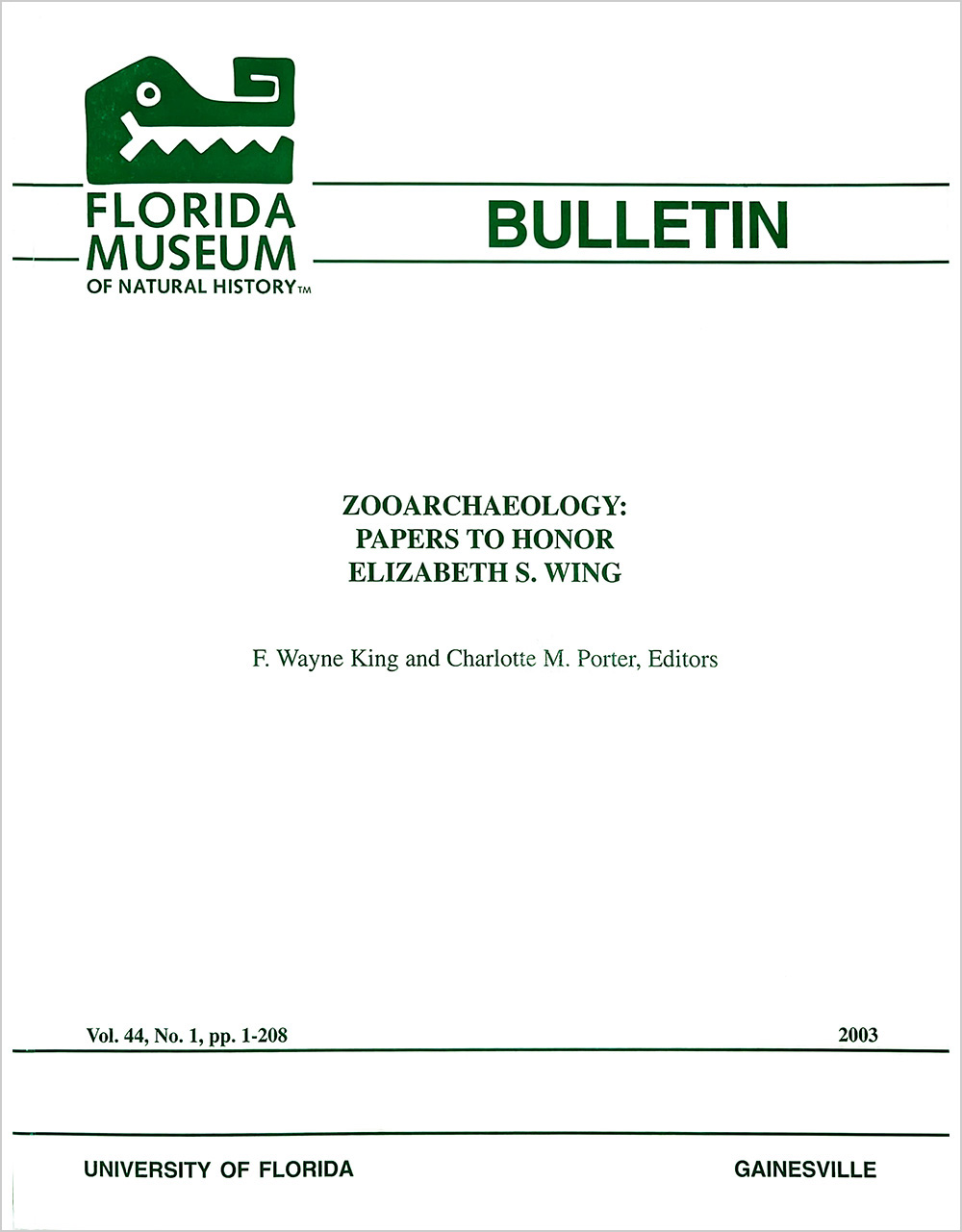Horticultural Hunters: Seasonally Abundant Animal Resources and Gender Roles in Late Prehistoric Iroquoian Subsistence Strategies
DOI:
https://doi.org/10.58782/flmnh.wwob7231Keywords:
gender roles, Iroquois, recovery techniques, seasonality, subsistenceAbstract
Iroquoian subsistence has been interpreted as a strategy that relied heavily on deer and corn. Recent archaeological investigations in western New York State, however, have produced diverse faunal and floral assemblages that a116w a more complex picture of Iroquoian subsistence to emerge. This paper discusses the faunal remains from the Spaulding Lake site (UB2497), located in the town of Clarence in Erie County. This single-component Iroquoian site on the Onondaga Escarpment was occupied seasonally between ca. A.D. 1450 and 1550. It was excavated between 1989 and 1991 by the Archaeological Survey of SUNY-Buffalo. This paper discusses 1) the ethnohistoric and archaeological evidence for animal procurement among Iroquoian and Great Lakes Indian groups, 2) the Spaulding Lake faunal material compared to other Iroquoian faunal assemblages from two nearby sites, the Nursery site (UB227) and the Piestrak site (UB2581), recently excavated, and 3) implications for interpretations of Iroquois settlement and subsistence systems, gender roles, and socio-political organization.

